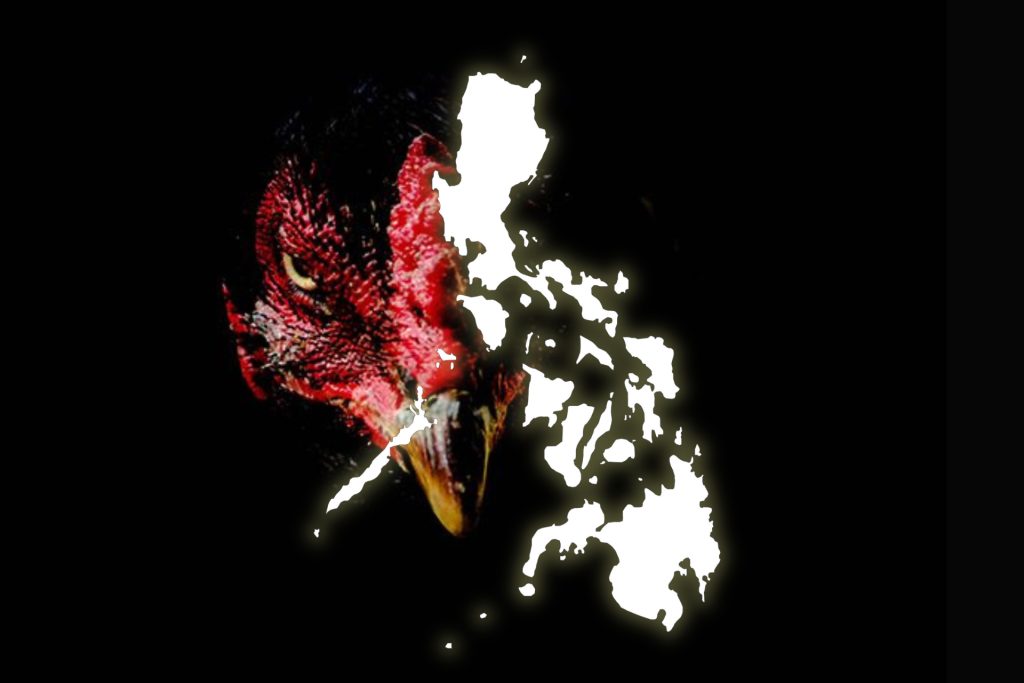The History and Evolution of Sabong in the Philippines
September 21, 2023
Conclusion
Sabong in the Philippines has come a long way from its ancient origins as a spiritual practice to its current status as a regulated sport and cultural phenomenon. Its history is a testament to the resilience of Filipino traditions and their ability to adapt to changing times. Whether viewed as a sport, a form of entertainment, or a cultural expression, sabong continues to be an integral part of the Philippines’ cultural landscape, carrying with it a rich history and a complex set of traditions and values.

Sabong, also known as cockfighting, holds a significant place in the cultural and historical tapestry of the Philippines. Its roots can be traced back to pre-colonial times, and over the centuries, it has evolved from a traditional ritualistic practice into a regulated sport and a cultural phenomenon. In this article, we will explore the rich history and evolution of sabong in the Philippines, shedding light on its cultural significance and the changes it has undergone.
Ancient Origins
The origins of sabong can be found in ancient Filipino animistic beliefs and rituals. Long before the arrival of Spanish colonizers in the 16th century, Filipinos had a deep connection to their environment, and animals played a vital role in their spirituality. Roosters were revered as symbols of courage, strength, and bravery. They were often used in various rituals and ceremonies to invoke blessings and protection.
Spanish Influence
When Spanish conquistadors arrived in the Philippines, they encountered the indigenous practice of sabong. Initially, the Spaniards viewed it with disdain and attempted to suppress it. However, they soon recognized the potential for generating revenue through betting, and they began to regulate and tax cockfights. This marked the beginning of sabong as a semi-organized sport in the Philippines.
The Birth of Cockpits
The Spanish colonial government formalized cockfighting by establishing cockpits (sabungan) in major towns and cities. These cockpits became venues for official matches and social gatherings, attracting people from all walks of life. Cockfighting started to transcend its spiritual roots and became a pastime enjoyed by the masses.
American Influence
With the American colonization of the Philippines in the early 20th century, sabong faced a period of prohibition. The American administration sought to suppress cockfighting due to its association with gambling and public disorder. However, it remained deeply ingrained in Filipino culture, and despite efforts to curb it, sabong persisted in underground circuits.
Post-Independence Revival
After gaining independence from the United States in 1946, the Philippines experienced a resurgence of sabong. The government recognized its popularity and the potential for revenue generation. Legal regulations were put in place to control and tax cockfighting, and it began to thrive once again.
Modernization and Professionalization
In recent decades, sabong has undergone a significant transformation. It has evolved from a backyard hobby into a professional sport with highly competitive standards. Breeding techniques have improved, producing roosters specifically bred for fighting. The introduction of technology has further transformed the industry, with online betting platforms and live streaming making sabong accessible to a global audience.
Cultural Significance
Sabong continues to hold a special place in Filipino culture. It is not merely a sport but a social activity that fosters camaraderie and community bonding. It is also celebrated in various festivals and fiestas across the country, showcasing the enduring connection between Filipinos and their beloved cockfights.
Controversies and Legal Challenges
While sabong remains immensely popular, it is not without its controversies. Animal welfare concerns have led to debates over the ethics of the sport, particularly regarding the treatment of the fighting cocks. Several municipalities and provinces have banned or heavily regulated cockfighting, reflecting the ongoing tension between tradition and modern sensibilities.
